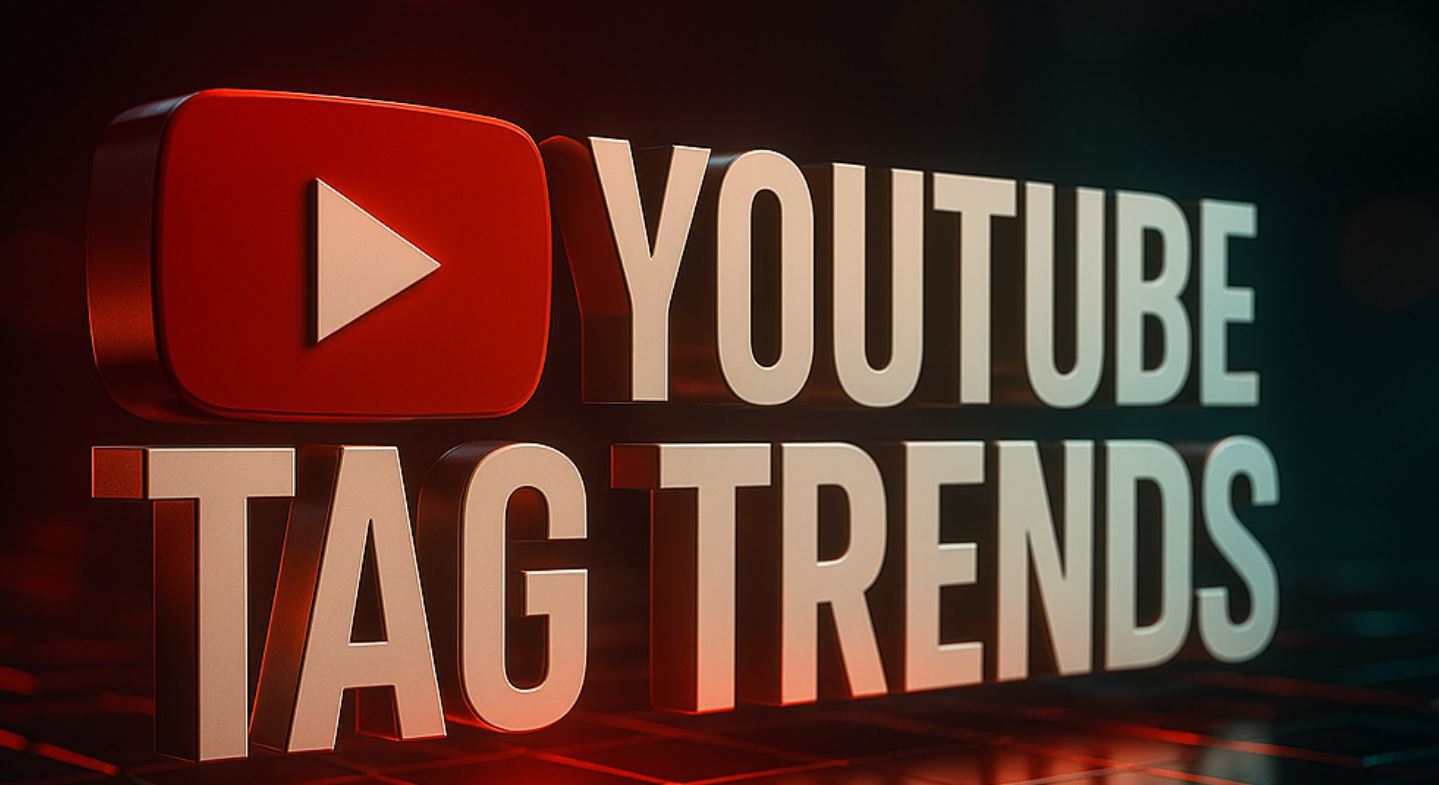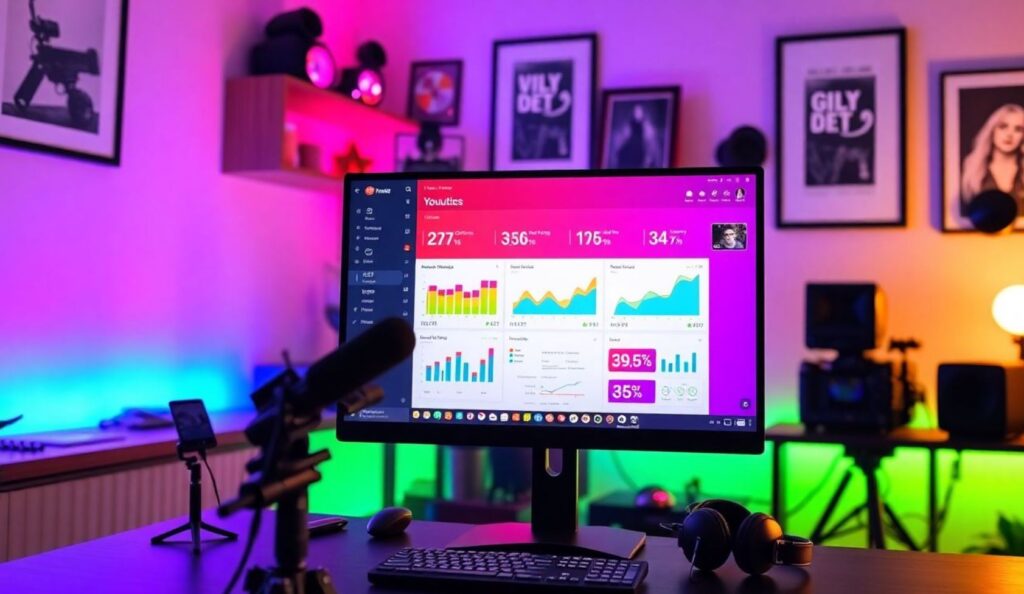Getting your videos noticed on YouTube isn’t just about great content anymore. To stand out in a crowded space, you need to get smart with your tags. Tags help YouTube’s algorithm know what your video is about and decide who should see it. In a world where content floods the platform daily, using the right tags can make or break your reach.
Did you know? YouTube’s algorithm relies heavily on metadata like tags, titles, and descriptions to recommend videos. If you want more views and subscribers, understanding and mastering tag trends in 2024 is a must.
Understanding YouTube Tags and Their Role in Video SEO
What are YouTube tags?
Think of tags as labels for your videos. They tell YouTube what your video is about, kind of like tags on a clothing item. These keywords act as metadata that help categorize your content. When someone searches or watches related videos, YouTube uses tags to recommend your video. This increases your chances of showing up for viewers interested in your niche.
The evolution of YouTube tagging
At first, tags were just keyword lists—simple and straightforward. Creators packed tons of keywords to boost visibility. But YouTube’s algorithm got smarter over time. Now, tags need to be relevant and specific. The focus shifted from quantity to quality. Updates in the platform’s AI made tagging a finer art.
Why tags still matter in 2024
Many creators assume tags are useless now. That’s not true. While tags alone won’t skyrocket your views, they still matter. Experts agree that it’s one piece of the SEO puzzle. Proper tags help your videos surface in recommended feeds and search results. Used wisely, they can give you a real edge over competitors.
Current Trends in YouTube Tagging for 2024
The rise of niche-specific tags
Niche tags are gaining popularity. Instead of broad keywords, creators use tags targeting specific audiences. For example, a cooking channel might include tags like “Vegan gluten-free desserts.” These tags attract viewers looking for exactly that. For gaming channels, adding tags like “Minecraft survival tips” sharpens the focus.
Incorporation of trending topics and keywords
Jump on trending topics. Use trending hashtags or popular search terms in your tags. You can find these with tools like TubeBuddy or VidIQ. If a new movie, gadget, or challenge is trending, include those keywords in your tags. This boosts your chances of riding the wave of current popularity.
Use of branded and campaign-specific tags
Building a brand involves consistent tagging. Use unique tags like your channel name or slogan. For special campaigns or series, create custom tags to promote across videos. This helps with brand recognition and makes it easier for followers to find related content.
Long-tail tags vs. broad tags
Long-tail tags are very specific. Think “best budget DSLR camera for beginners.” These help target niche audiences. Broad tags like “camera review” have wider reach but less precision. Use a mix—long-tail for niche targeting and broad for visibility.
Strategies to Identify and Implement Effective YouTube Tags
Conducting keyword research for YouTube tags
Start with simple searches on YouTube. Use the autocomplete feature to see popular search suggestions. Check competitors’ videos using SEO tools like TubeBuddy or VidIQ. Notice their tags and see what works for similar videos.
Balancing popular and niche tags
Don’t load your tags with only high-volume keywords. Mix popular ones with niche-specific tags. This keeps your videos relevant while reaching the right audience. Avoid spammy practices like overstuffing tags, which can hurt your rankings.
Optimizing tags for different content types
Not all videos need the same tags. Tutorials, vlogs, and reviews each have different focus keywords. Update your tags as trends change. For example, if a new gadget comes out, add related tags to videos covering it.
Best practices for tag management
Regularly review your tags’ performance. Use analytics to see which tags bring traffic. Update or replace underperforming tags. Use a consistent system across your videos for easier management and better branding.
Tools and Resources for Tracking YouTube Tag Trends
Popular SEO tools for YouTube tags
Tools like TubeBuddy, VidIQ, and Morningfame are favorites. They help find trending tags, analyze competitors, and optimize your tags efficiently. These platforms give insights into what keywords are working now.
Analytics dashboards
Your YouTube Studio provides detailed analytics. Look at which tags generate more clicks and watch time. Use this data to refine your tagging strategy and improve future videos.
Industry trend reports and forums
Stay current by following creator communities on Reddit, Twitter, and other forums. Read trend reports and participate in discussions to discover new tagging strategies and tools.
Monitoring and Adjusting Tags for Optimal Performance
Analyzing tag performance metrics
Focus on click-through rates (CTR), watch time, and ranking positions. If certain tags don’t boost your visibility, consider replacing them. Metrics show what’s working and what’s not.
When to update or replace tags
If your video isn’t performing well after a few weeks, review its tags. Update or swap out underperforming tags. Keeping your tags fresh helps your video stay relevant over time.
Case study: Successful channel tag optimization
One gaming channel revamped its tags based on trending video keywords. After updating, they saw a 30% increase in views. Small shifts in tags can lead to big results.
Also Read: Unlock the Power of Effective YouTube Tagging
Conclusion
In 2024, YouTube tags remain a crucial part of video SEO. Staying updated with trending tags, using niche-specific keywords, and leveraging the right tools can make a big difference. Regularly research, test, and refine your tags to stay ahead of the competition.
Your success depends on evolving with trending tags and adapting to what viewers are searching for. Keep a pulse on trends, analyze your data, and always look for new ways to improve your tagging game. The right tags can unlock new levels of visibility, engagement, and channel growth.




